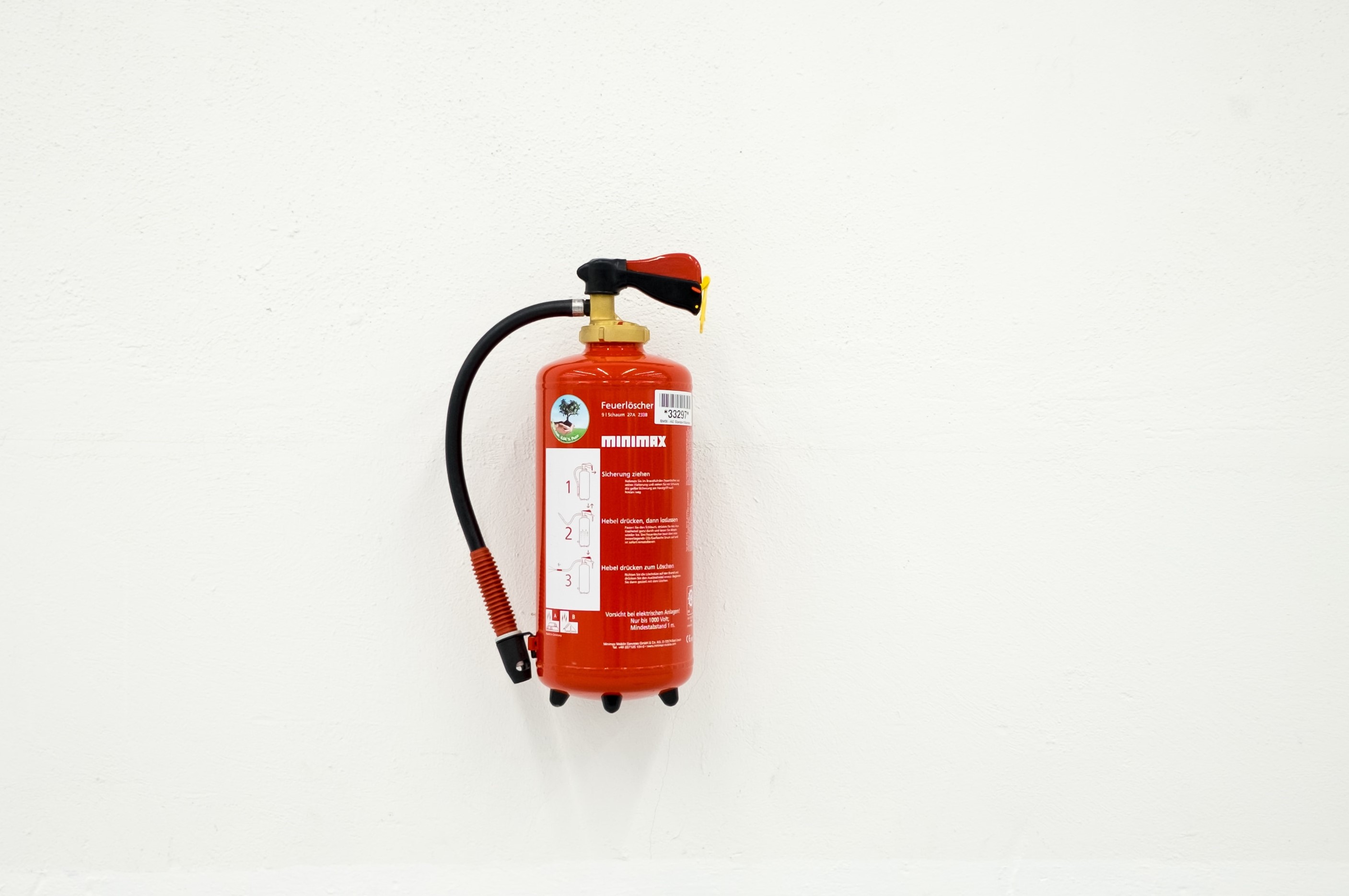What are Residential Fire Risk Assessments and why might I require one?
A Fire Risk Assessment is the process whereby an accredited person systematically evaluates a property to identify any hazards which may increase the risk of fire. They are then responsible for proposing actions that will eliminate or limit the consequences should a fire occur.
Many people are aware of the need for Fire Risk Assessments at work and in other commercial buildings, but are often unaware that the assessments are also best practice in all let properties. This is most important in HMOs where there is a much greater risk of fire, and also of loss of life in the case of a fire. By having an assessment done of your residential property you are doing what you can to protect your tenants, your property and yourself as a landlord.
A Fire Risk Assessment has three core purposes:
-
- Hazard identification: to identify any hazards or risk factors that may potentially cause harm to your tenants.
- Risk analysis: to evaluate these risks and measure how dangerous they might be.
- Risk control: to produce reasonable and practicable ways to eliminate, reduce or control the hazard.
Following a Fire Risk Assessment your fire officer will produce a report for you detailing any recommendations and actions required for your property to be compliant.
Who can complete a Fire Risk Assessment?
In accordance with The Regulatory Reform (Fire Safety) Order 2005 the assessment must be completed by a ‘Responsible Person’ who is capable of identifying potential risks and advising the best way of limiting these moving forwards. It is for that reason that unless an individual has notable experience and accreditation in fire safety that we recommend one of our fire officers to conduct the Fire Risk Assessment.
Our team specialises in residential property, and applies the LACORS framework in the same way as local authorities do. LACORS is a guidance document created for both landlords and fire safety officers, and are the guidelines that your local housing enforcement officers will use to evaluate your property.
Our procedure is therefore to visit your property before it is inspected by local authorities to give you a comprehensive report of any fire safety concerns within the property. These are graded between actions which are simply recommended as best practice and those which are mandatory and indisputable in order to meet local and national standards. You may then complete any required upgrade work within a sensible time frame and avoid penalties from local authority.
All recommendations from a Fire Risk Assessment need to be justifiable and supported with case studies, as if there is an accident in the property there will be heavy scrutiny on the landlord and those involved in the assessment.
Property licensing, common parts and Fire Risk Assessments
It is best practice to conduct a Fire Risk Assessment on any let property. However, a Fire Risk Assessment is usually only asked for by your local authority when applying for either an Additional HMO licence or a Mandatory HMO licence.
Although you may only be required or recommended to complete a Fire Risk Assessment inside the home itself, it is worth noting that if you are a freeholder or part-freeholder of a property you are also legally required to complete a Fire Risk Assessment of any common parts of the property. The ‘common parts’ are usually the shared entrance, stairways or any other shared areas inside the building. During an inspection by your local council they may enquire about this.
